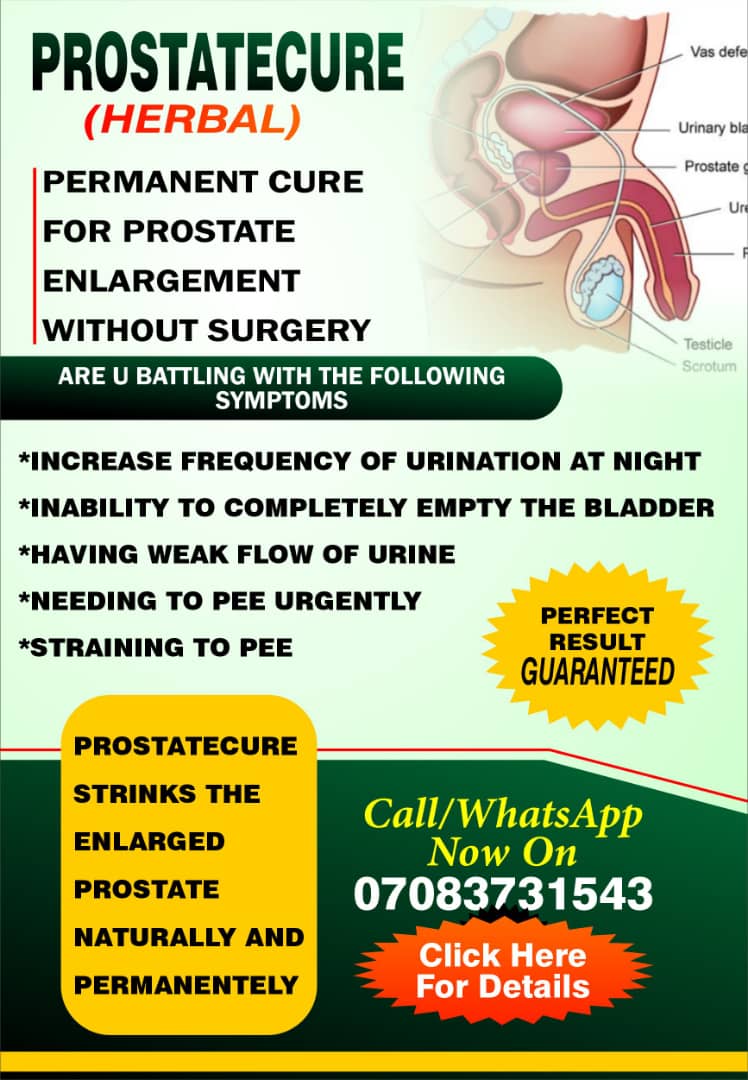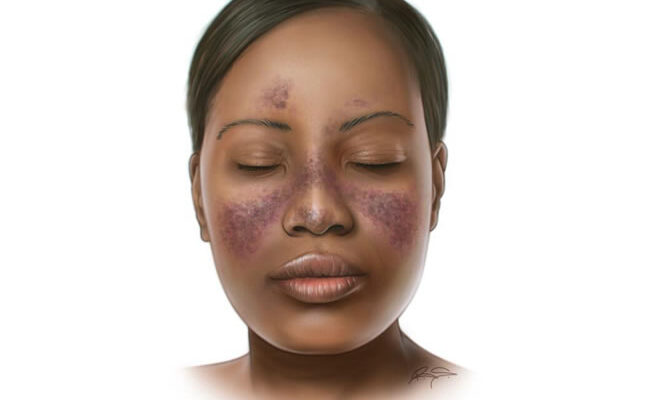

By YEJIDE GBENGA-OGUNDARE
Lupus is a lifelong disorder of the immune system which attacks the body’s healthy tissues, leading to inflammation and tissue damage. And while anyone can get lupus, it affects women 10 times more often than men.

Symptoms of lupus may be limited to the skin, but more often lupus also causes internal problems such as joint pain. In severe cases, it can damage the heart, kidneys, and other vital organs. Although there’s no cure, there are treatments that can minimize the damage.
When the word lupus is mentioned; people usually think it means systemic lupus erythematosus (SLE), which is the most common and serious type. But this is a wrong belief; there are other types of lupus; discoid lupus which is limited to the skin and doesn’t cause the organ damage and the most common symptom is a circular rash. There is also the drug-induced systemic lupus which causes temporary lupus symptoms in people who take certain medications.
Symptoms of lupus:
Butterfly rash: A butterfly-shaped rash across the cheeks and bridge of the nose with other common skin problems like sensitivity to the sun with flaky, red spots or a scaly, purple rash on various parts of the body, including the face, neck, and arms.
Joint pain: Joint and muscle pain which occur on both sides of the body at the same time, particularly in the joints of the wrists, hands, fingers and knees is often the first sign of lupus.
Unexplained fever and fatigue
Nail changes: Lupus can cause the nails to crack, fall off or be discolored with blue or reddish spots at the base due to inflamed small blood vessels. Swelling may also make the skin around the base of the nail look red and puffy.
Hair loss, painful, numb and tingly fingers and toes due to cold temperatures or emotional stress.
Diagnosing lupus is not easy because it has the symptoms of so many other diseases and many people have it for years before developing tell-tale symptoms. Also, there is no single test to diagnose lupus, there are a series of tests that can help to identify it.
Medical treatment for lupus is hinged on controlling the symptoms; corticosteroid creams for rashes and nonsteroidal anti-inflammatory drugs (NSAIDs) for joint pain and fever. Antimalarial medications to fight joint pain, ulcers, and rashes and other intravenous solutions.
There are however self-care tips that can make life easier for people living with lupus and help reduce lupus flare-ups:
Create a stress management system
Get plenty rest
Cover up in the sun.
Avoid smoke.
Exercise regularly.
Cut back on activities or ask for help when symptoms flare up
ALSO READ FROM NIGERIAN TRIBUNE








